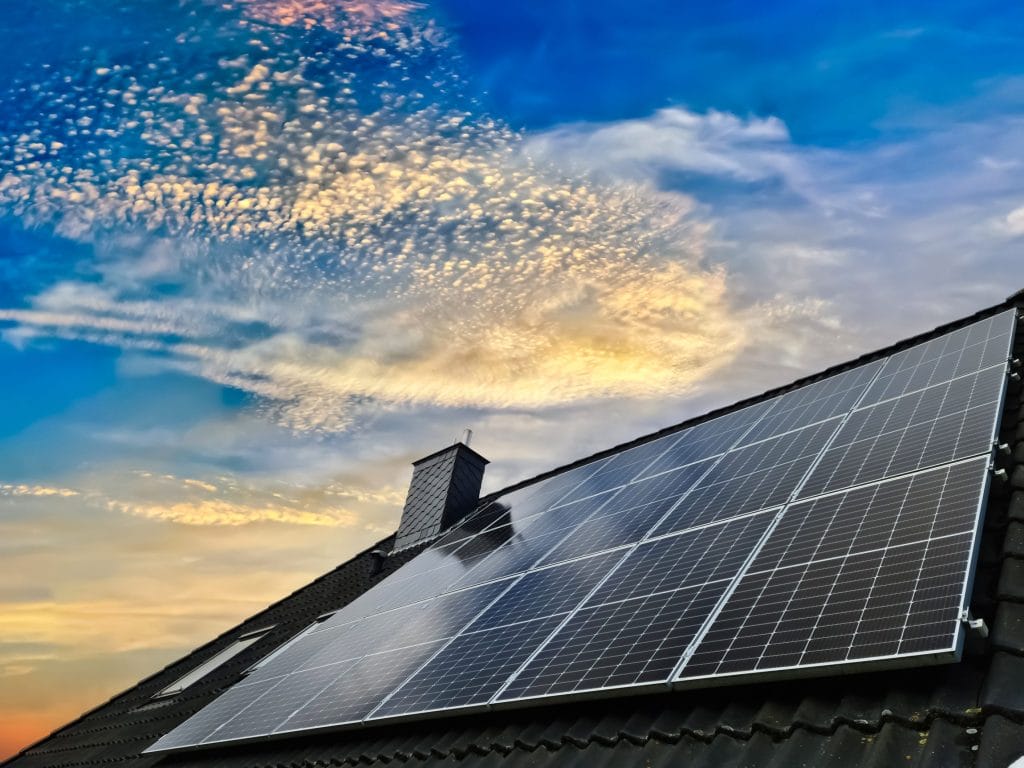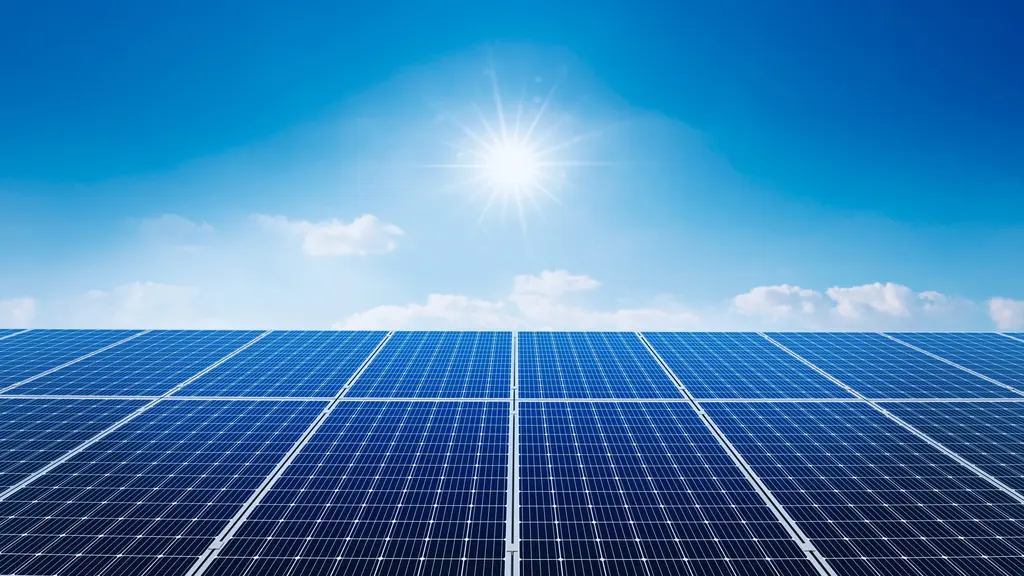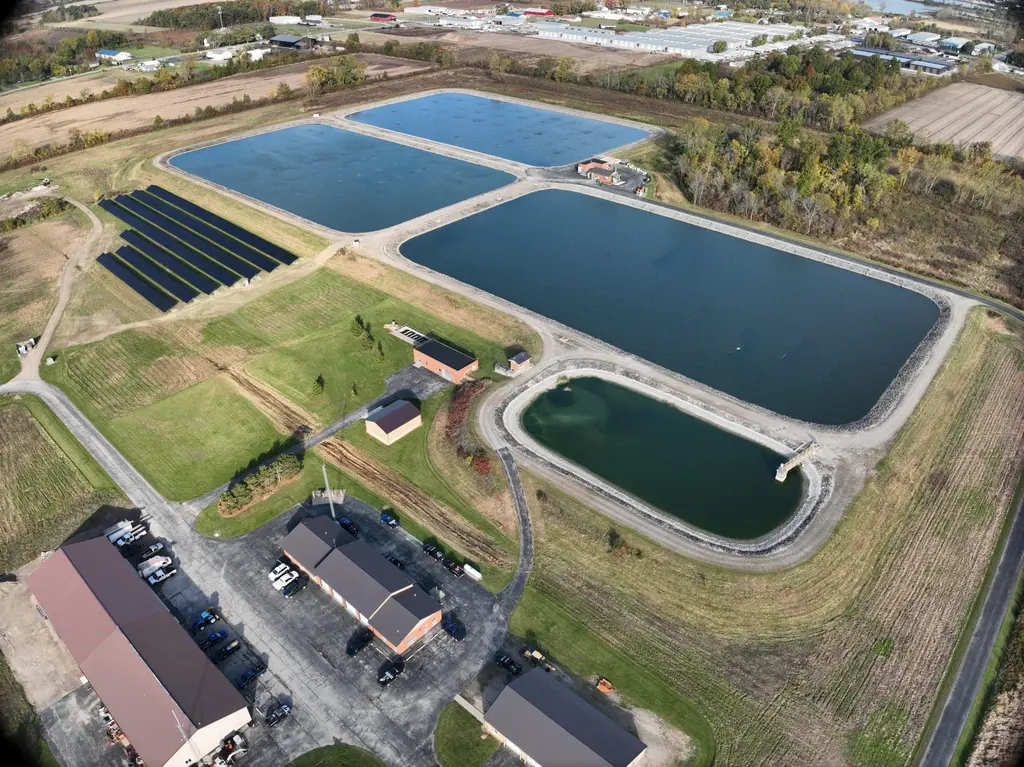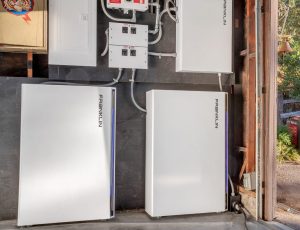How to choose the most efficient type of solar panels?
Our best solar advice to you: spend time choosing an experienced solar installer who will advise you and guide you toward the best solution for your energy needs, unique site characteristics, and budget. Solar Panels are a complex technology and choosing a partner whose recommendation you can trust is vital.
If you’re interested in knowing a little more about what goes into the recommendation that is made for you… keep reading! And if you’re ready to talk to an expert, reach out and we can link you up.
When you start evaluating different types of solar panels you’ll encounter two main categories: monocrystalline and polycrystalline. You’ll also hear terms like “Solar Panel Efficiency” and “American Made Solar” when discussing solar panel choices. We’ve broken down these key solar panel considerations below.
Monocrystalline
We consider monocrystalline solar panels a premium product. They are the most efficient. Additionally, many customers prefer the sleek, all-black aesthetic.
Monocrystalline panels are made up of solar cells produced with silicon wafers. First, the silicon is formed into bars, and then it is sliced into thin wafers.
At Third Sun Solar we offer varying density monocrystalline modules. We work with you to understand your goals and available space. Though the price tag is higher for the highest density monocrystalline modules, this panel can pack more kilowatts on your roof to give you that much more energy year after year.
Polycrystalline
The efficiency of polycrystalline solar panels is lower than monocrystalline solar panels. The crystal structure within the solar cells makes the efficiency rate of polycrystalline panels lower than monocrystalline panels.
Additionally, the aesthetics are different: the materials in this type of panel make the panel itself blue in color.
For a really deep dive into this technology check out this blogpost by Solar Magazine.
Solar Panel Efficiency
Solar panel efficiency is a rating that tells you the solar panel’s ability to turn solar energy into electricity. The higher the efficiency rating, the more solar energy the panel can convert to electricity. The solar panel with a higher efficiency rating will generate more electricity, even when the panels are the same size or are hit with the same amount of sunlight.
Even though polycrystalline solar panels are cheaper to produce and have improved in efficiency over the years– monocrystalline still wins for cost + panel efficiency rating over time.
Made in America Solar
It is important to point out that providing equipment that comes with a “Made In America” label is often more nuanced than it might appear. Per the “U.S. made solar panels” label, we always urge our customers to consider that statement in light of global manufacturing for virtually all products with multiple parts and pieces. In many cases, for many products, including solar panels, the “Made in the USA” label should have an *asterisk—because only the final assembly of the solar panel is done in America.
Solar Panel for Home Considerations
If you’re the techy-engineer type, you can use the solar panel checklist below as a checklist to choose the best solar panel for you. However, this is the list that we use when evaluating solar panel companies to recommend to our customers. We take our role as a technology expert/advisor very seriously for every project, from the largest to the smallest. We’re in this industry for the long haul & are determined to be here when less-careful solar installers fall away. Choosing a solar partner with a solid reputation in the industry means that you are choosing an installer whose recommendations you can trust. We do all of the research so you don’t have to.
Solar Panel Checklist
- Are the panels tier 1, 2, or 3 modules?
- Technology (cell type)
- Energy output per square foot
- Manufacturer history, stability, and reputation
- Module warranty terms and details
- Brand of back-sheet
- Brand of connectors
- Weight (glass frame and thickness)










